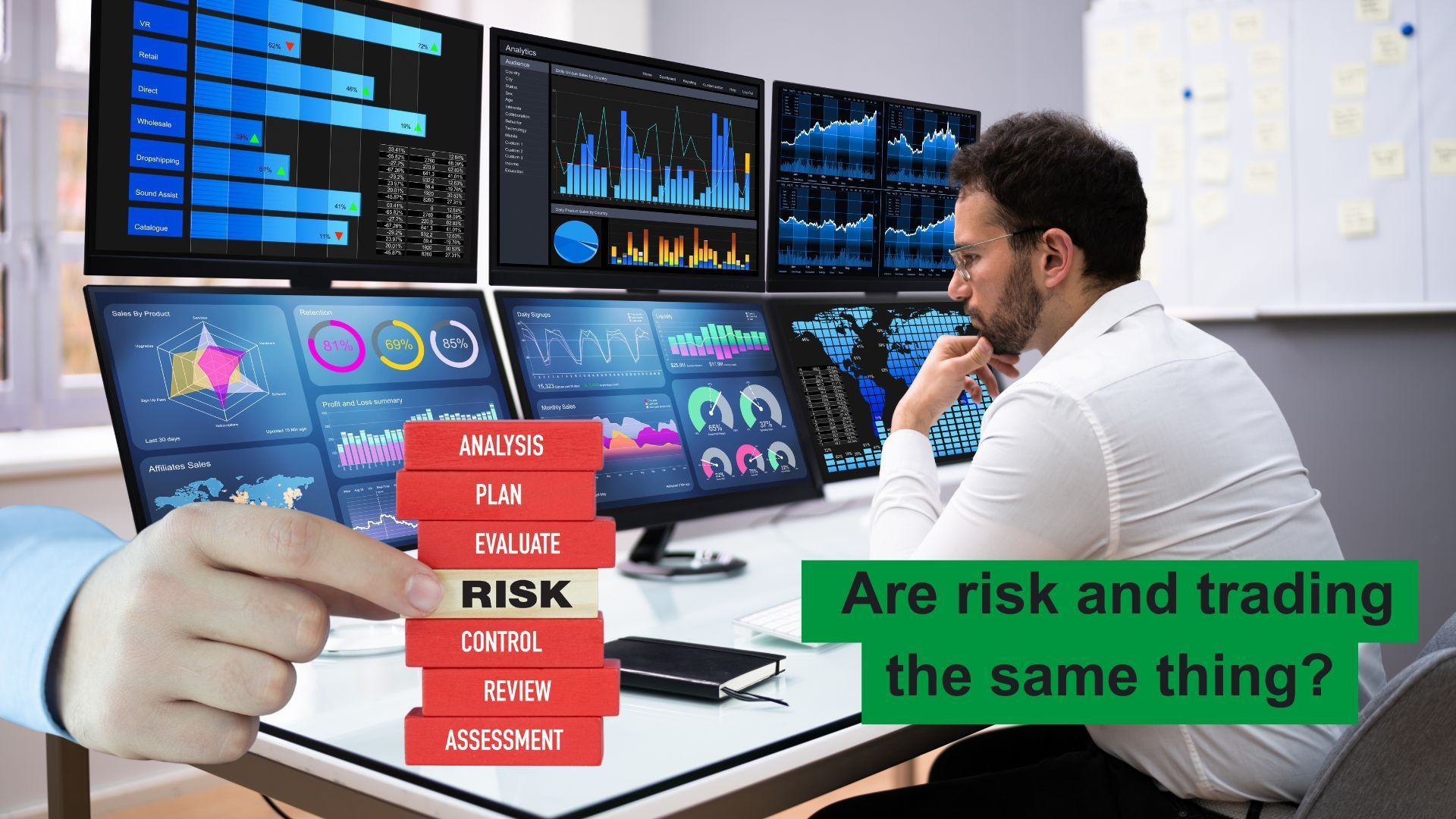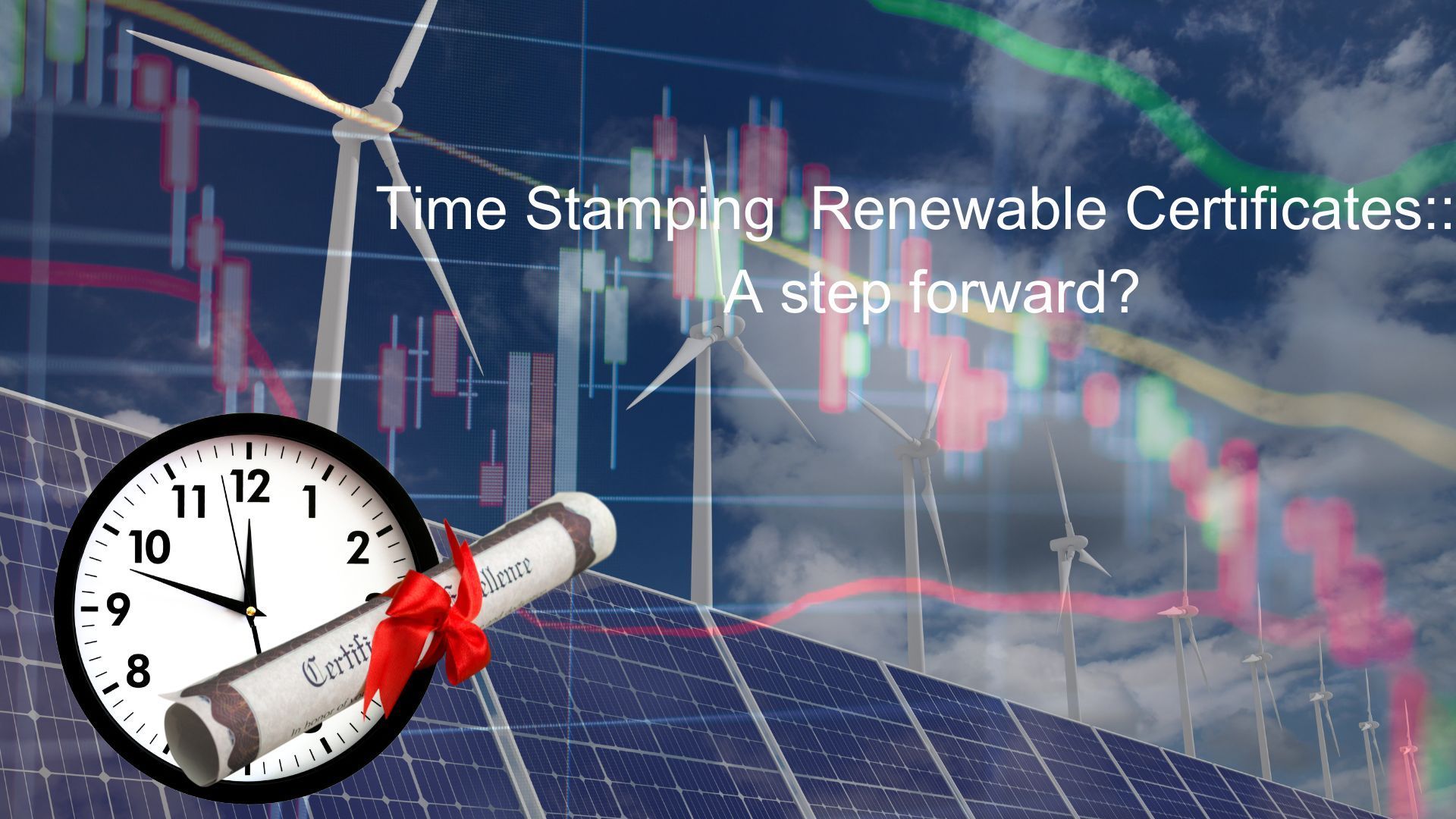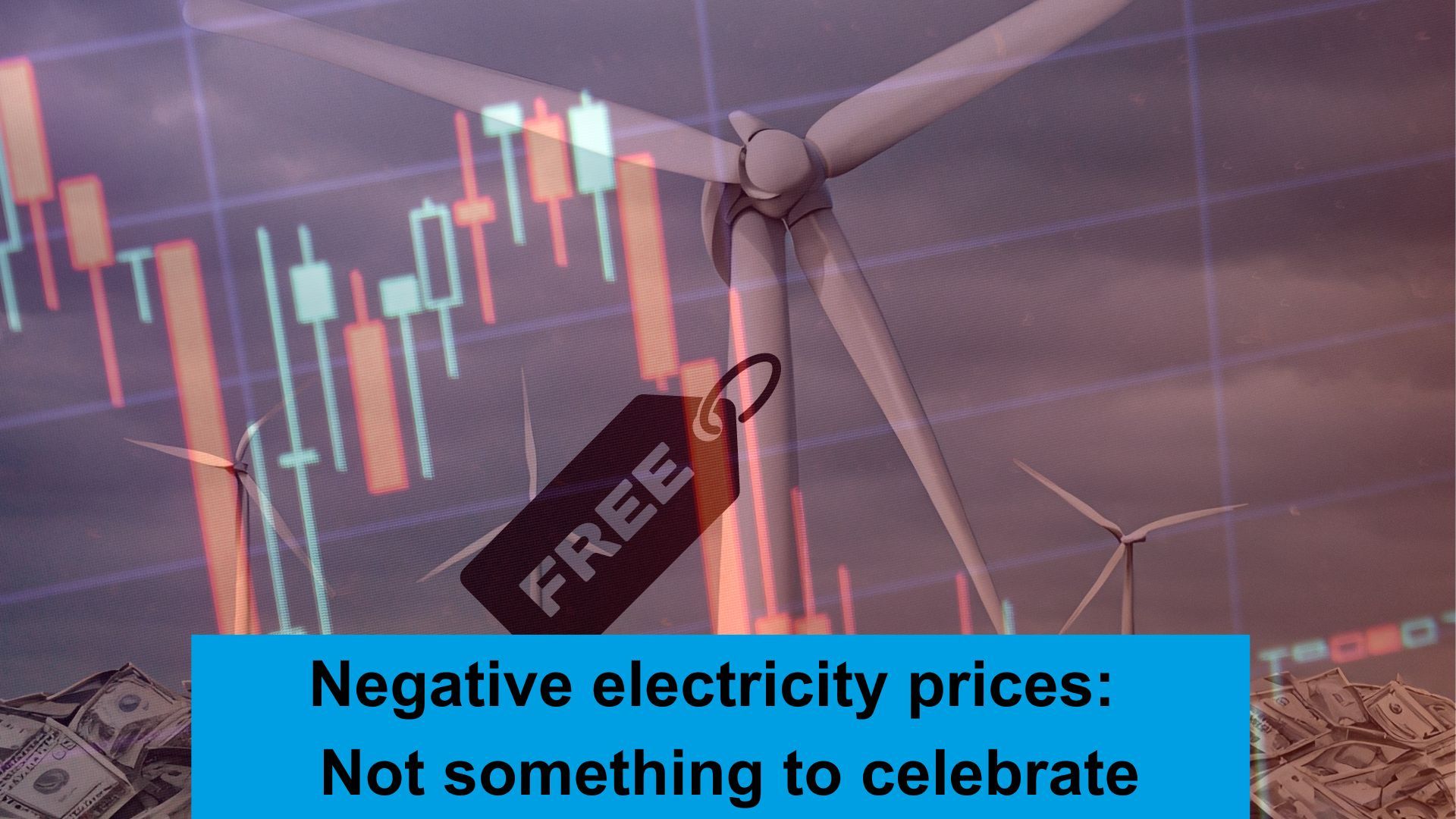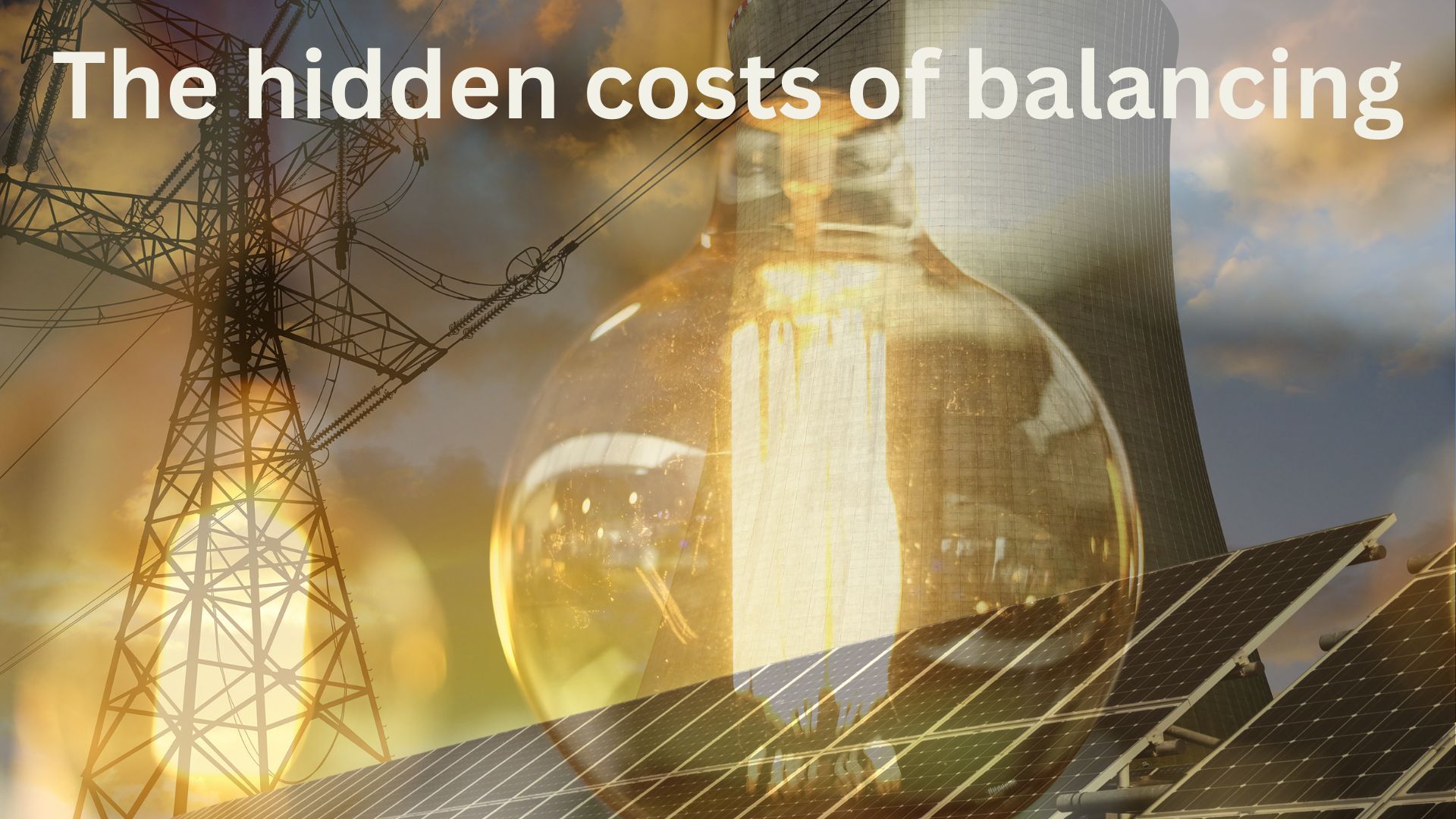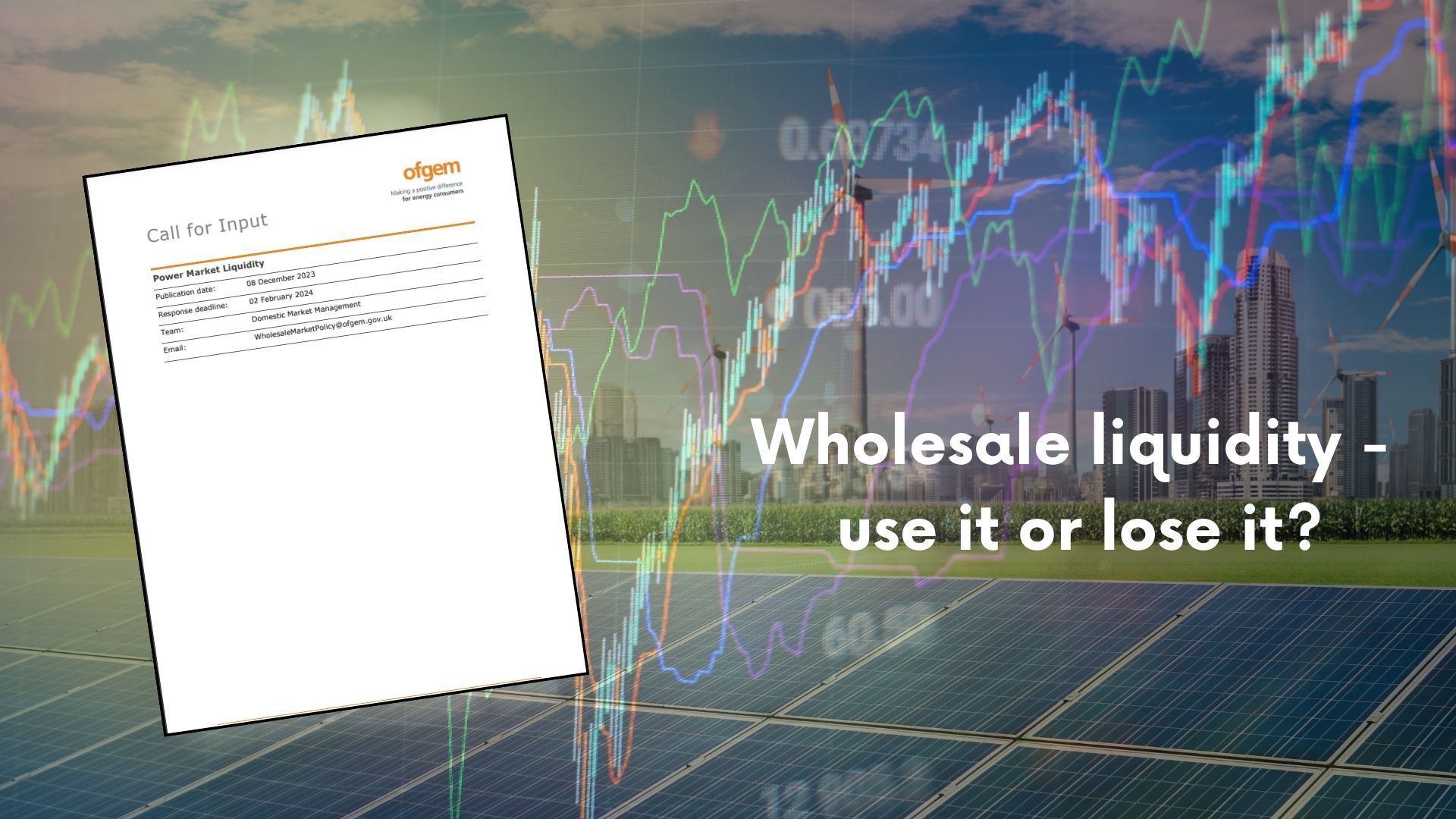The electricity market is changing. Disruption caused by changes in how the product is produced, stored, and paid for is changing the physical market. Add into the mix the technology being used to manage the ocean of data that is produced across the industry through the huge number of individual actions, and the transformation will be complete.
So, with all the change, most of which is invisible to the end user how will the customer of the 21st century buy their energy products, and from whom? If customer apathy remains high, how will they reap the potential benefits available, and what will protect them from being sold products that do not operate in their interests by shady characters looking to cash-in on complexity?
As the market develops Cielo Energy will provide support to its clients to make sure understand and take appropriate actions in the potential wild west of energy. Whether you are developing new products, or are the buyer of energy products we can help you achieve your objective.
How Electricity works today
Today, most electricity customers have contracts that fix the price they pay for the product ahead of delivery. This means that no matter what they use or when they use it, the price they pay per unit will not change. In the wholesale energy market prices change in real time, so the company supplying energy is exposed to a constantly changing price of supply. Many of the changes in electricity products being discussed at the moment ultimately revolve around changing the way customers products are priced, and the level of risk to which they are exposed.
So what could future products look like, who will benefit and how will the industry work?
XXX as a Service
No matter where you look, the global trend towards customers subscribing to a service rather than buying the product is undeniable. Whether for music and video streaming, IT products or car leasing, customers are increasingly making a regular fixed payment in exchange for the right to do something rather than to own something.
For energy there are potentially as many “X” as a service models as there are gadgets, which may lead to a plethora of subscriptions for customers or a single combined Energy as a Service (EaaS) bundled service. Some businesses are focussed on Mobility as a Service (MaaS), Heat as a Service (HaaS), Light as a Service (LaaS), the possibilities are seemingly endless.
Whether customers will want multiple subscriptions for energy related costs, and how they will ultimately be serviced remains to be seen. The challenge will ultimately be to understand the relative value of different offers.
Time of Use and Dynamic Time of Use
The opposite extreme is a dynamic time of use tariff (DToU), where the provider of the service simply passes the cost they incur to the customer; so as prices go up or down within day the customer has a financial incentive to react to the signal in order to manage their costs. These may be akin to the pass-through contracts that exist in the commercial market today, albeit with an even higher level of price volatility as even the energy price isn’t fixed.
Who takes what risks – and do they understand them?
The fundamental industry change that leads to the potential for large divergence of customer products is smart metering. The investment in smart meters and accompanying regulatory changes to disaggregate customer settlement and metering lead to the opportunity to develop the products of tomorrow. Accompanying this change is an increase in the level of price volatility through the change in generation mix to include more intermittent generation.
Overall, the market is getting more complex at the same time as customers (particularly smaller customers) are being encouraged to take more exposure to that market.
Whether you are a consumer or a supplier, the decision around which products to use/ offer comes with a significant change in risk profile compared to today. Price comparison of one product with another is likely to be increasingly challenging into the future, and making sure pricing and hedging are effective will create new areas of focus across the market.
Expertise matters
Need help in understanding what this means for your business, or how to develop new products? Get in touch, Cielo Energy can support and help you develop the right approach for your circumstances.
Share this on social media
All Rights Reserved | Cielo Energy
REG NO: 11992760 | ICO REG NO: ZA757421

